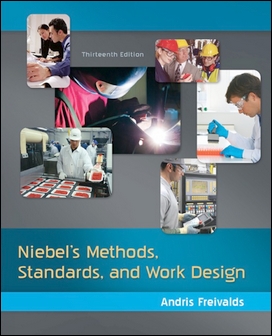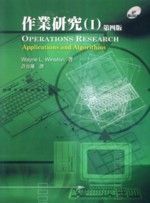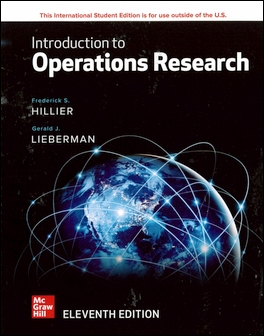書籍分類

(E-Book) Niebel's Methods, Standards, and Work Design 13/e 美國版
作者:Freivalds
原價:NT$ 1,000
ISBN:9780077532789
版次:13
年份:2014
出版商:McGraw-Hill
頁數/規格:電子書
版次:13
年份:2014
出版商:McGraw-Hill
頁數/規格:電子書
內容介紹 本書特色 目錄 作者介紹
- 電子書訂購前請先詳讀:
- 訂購付款完畢後,請填寫 電子書回報資料-官網訂單,資料若不全,將影響您後續派送權益
- 查看 電子書平台登錄與註冊說明
- 查看 電子書平台操作手冊
- 此訂單為電子書,非紙本課本,電子書兌換碼一旦派送,則無法辦理退貨。
- 若有任何問題請 Email 至 ebook@tunghua.com.tw
- A new section on work measurement applications to health care and service work in Chapter 16.
- Updates to reflect current industry standards throughout.
- 10-15 percent more problems than the previous edition.
- New version of the time study program, QuickTS, for the iPad and iPhone.
帳號訂購流程
Step 1 登入會員 非東華網站會員,請點選右上角『註冊』。
Step 2 點選 『加入購買』填寫相關資料,並確認訂單無誤後,即可送出訂單。
Step 3 審核訂單 訂購單會盡力於24小時內(遇周末假日順延)審核,確定有庫存,系統會發送『付款通知信』至指定信箱。
Step 4 付款 收到付款通知信後,請於七天內付款。
Step 5 電子書兌換碼 確認入帳後,約 1-3 個工作天派送電子書兌換碼,會發訊息至您的個人 email 信箱。
Description
Faced with increasing global competition, every industry, business, and service organization is restructuring itself to operate more efficiently. Cost-effectiveness and optimized work design are the keys to successful activity in business, industry, and government, and are the end result of methods engineering.
In the twenty-first century, it is essential that the industrial engineer consider both productivity issues and their effects on the health and safety of the worker. This comprehensive text addresses this need by integrating the traditional elements of motion and time study along with human factors and ergonomics and safety engineering.
Changes in the 13th edition:






